It was King James VI of Scotland who called the ancient Pictish Kingdom of Fife “a beggar’s mantle fringed with gold”.
The description reflected the geography – the frayed cloak of the beggar being the ragged coastline of the “begging hand” Fife holds out into the sea.
The “gold lining” was made up of the fishing villages of the coastal kingdom.
In centuries gone by, Fife was a place to which thousands of people travelled from across the British Isles and beyond to venerate the shrines of Saint Margaret in Dunfermline and Saint Andrew in St Andrews.
Today, modern day pilgrims are most likely to come as tourists.
But for visitors and the kingdom’s 372,000 residents, where are the top 50 ‘gems’ that should be visited?
Edinburgh man’s new book
It’s a question that Edinburgh man Jack Gillon tries to answer in his latest book, appropriately called ’50 Gems of Fife: The History & Heritage of the Most Iconic Places’.
The book explores some of the places that make this part of Scotland special including natural features, towns and villages, buildings, and places of historical interest.
Alongside justly famous attractions, others are less known – but all have an interesting story to tell!
Who is the author?
Brought up in the Larbert area, near Falkirk, Jack, now 70, studied geography at Edinburgh University.
After graduation, he started work with Edinburgh City Council as a graduate trainee planner.
After being sent to Reading to do a building conversation course, he embarked upon a 48-year career focussed mainly on the built heritage of Edinburgh.
He did listed building work and wrote conservation area character appraisals.
Jack retired in June 2022 after 48 years working for Edinburgh City Council.
But what got him into writing the first of his now 30 books more than 32 years ago was the fact he was doing these character appraisals for the conservation area.
Developing a detailed knowledge of an area’s history and important buildings captured his imagination.
“I did my first book back in 1990,” he explains.
“It was called Eccentric Edinburgh.
“I’d written a monthly article for a magazine that circulated around Edinburgh in the 1980s.
“Their publisher suggested putting all the stories together.
“I did that. I was always writing bits and pieces for magazines and things on Scottish history.”
More time on hands
Jack took “flexible retirement” aged 60 around 10 years ago when he went down to working three days per week.
This gave him more time to concentrate on his books.
He was asked to do a book called Edinburgh in the 1950s.
He did that along with David McLean and Fraser Parkinson who were all involved with the Lost Edinburgh Facebook page.
Since then it’s “become a bit of a hobby”.
“I do ‘Time’ books,” he says.
“I put an old photograph with a new image and a little bit of a story about it and the changes.
“One of the ones I did a few years ago was the East Neuk of Fife through Time.
“I really liked it.
“Fife is somewhere when I was a kid where we went on our family holidays. We’d go to the caravan site at Lower Largo.
“In the East Neuk of Fife Through Time book I’ve got a picture of my dad and me standing right opposite the Crusoe Hotel.
“Since we’ve been married my wife and I have gone up to Fife – Crail or Anstruther – almost every year.”
Making new discoveries
Jack has written similarly themed books including 50 Gems of Lothian and 50 Gems of Stirling District.
He was really keen to do a Fife version because, one of the “really fun things” when writing books like this is going away for a week to the area that he’s writing about.
“My wife’s always quite keen on that as well,” he says.
“We get a week away somewhere.
“We stayed up in Crail and I just toured around. Taking the pictures I needed and getting to know the different places.”
Jack had a list of places in mind before he visited Fife. But inevitably, he made new discoveries along the way.
“I had a list before I started,” he says, “but it was difficult.
“I kind of feel I concentrated too much on the coast in a way.
“I suppose it was places I knew and some places I didn’t know.
“I’d never been to Dysart before and places like that. It was quite difficult. And then things just cropped up as well.
“Going through the internet, things like the zig zag pier at St Monans were discovered.
“I just didn’t know about at all. It was great to discover these things.
“Obviously a lot of people like to photograph it. You have to go right to the end of the harbour at St Monans and climb up the harbour wall to get the photograph.
When we were there, there was actually a queue of people waiting to get up and take the photos!
“The Elie Chain Walk was another – I really quite fancied trying to do it but I think I’m maybe a bit too old now.
“I looked to include lesser known and places I hadn’t seen before like the Standing Stones at Lundin Links.
“The Fife Heritage Railway – I don’t have a lot of text about that but it was really interesting to go in there and speak to the people.
“They were so enthusiastic. That’s not something that I would ever have normally done.
“The Feuars Arms in Kirkcaldy – that was another place a former workmate said I should include.”
Spread of locations
Jack’s book covers 52 locations.
In west Fife it includes The Forth Bridge, the Andrew Carnegie Birthplace Museum in Dunfermline, Culross, Aberdour Castle Silver Sands and Hawkcraig Point and Dunfermline Palace and Abbey.
In central Fife it includes Ravenscraig Castle in Kirkcaldy, the West Wemyss Tolbooth, Wemyss Caves, Feuars Arms in Kirkcaldy and Fife Heritage Railway in Leven.
In north-east Fife it includes the Elie Ness Lighthouse and the Lady’s Tower, Newark Castle, Anstruther Fisheries Museum, The Dutch Village at Craigtoun Park, Fife Folk Museum in Ceres the Fife Coastal Path, Elie Chain Walk, St Monans Wildmill and Salt Pans, Blackfriar’s Chapel in St Andrews, St Andrews Cathedral, The Secret Bunker, Cellardyke Harbour, Stepoing Stones in Anstruther, Kellie Castle and the Isle of May.
Fife in historical context
Putting Fife into historical context, he takes inspiration from Westwood’s Parochial Directory for the Counties of Fife and Kinross, published in 1862, which observed: “The almost insular position of Fife between the northern and southern divisions of Scotland was of great advantage to the county, by placing it beyond the general sphere of Highland and Border warfare, by which it escaped many of the troubles which long vexed other portions of the country, and was this enabled, at a much earlier period than other districts, to cultivate the arts of peace.”
He also quotes from D. Hay Fleming’s 1886 Guide to the East Neuk of Fife, which said: “Few districts in the country present a greater number of attractions to summer visitors than that which stretches along the shore of the Forth from Fifeness to Leven, and which is known as the East Neuk of Fife.”
Appealing to locals and visitors
Jack hopes his book will be of interest to visitors to Fife.
However, he also hopes it’ll be equally of interest to locals.
“I’ve spoken to a few people from Fife and with places like Dunino Den they’ll say ‘where’s that’?
“Hopefully it gives an idea of places they are not so aware of in the area.
“The place I was most amazed to discover myself was Dunino Den.
“I’d been to Dunino Church doing the East Neuk of Fife through Time book.
“I went to visit it on my own. I went to the church and got kind of spooked. I don’t normally do that.
“I got back to the cottage we were staying in. I looked it up and it said there’s this Dunino Den place with spooky connotations.
“Doing this book I went back to Dunino Den. It was lovely. A nice secluded peaceful spot!
“I was with my wife and dog.
“Another of my favourite places in the book is the walk between Crail and Anstruther and the Caiplie Caves. I was interested to find out about the history of the hermit chap.”
Where to get the book
Jack recently did a book called Leith Reflections whereby old and new pictures of Leith were merged.
He’s working on a similar book which will be called Edinburgh Reflections.
*50 Gems of Fife by Jack Gillon, published by Amberley, is out now priced £15.99.
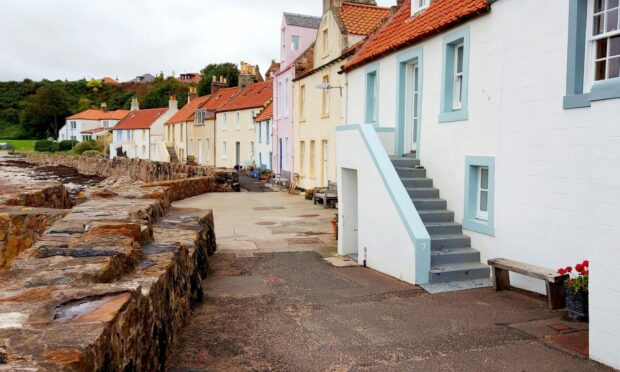
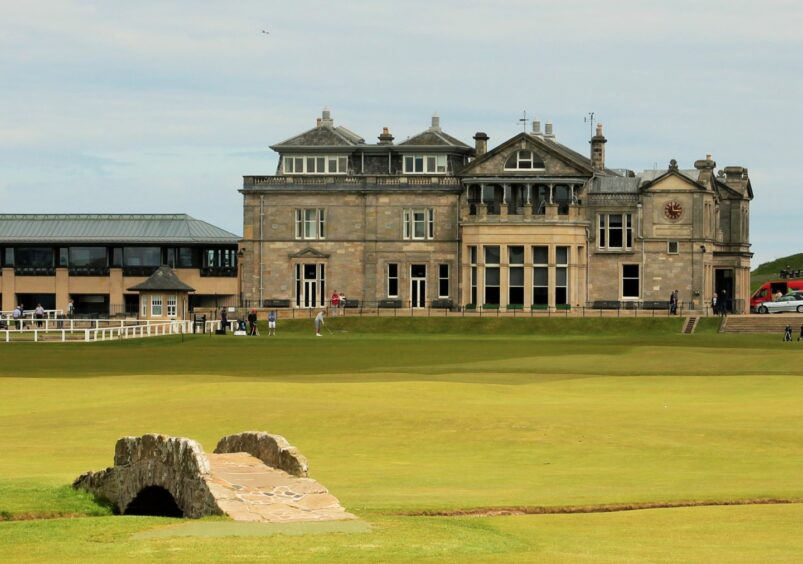


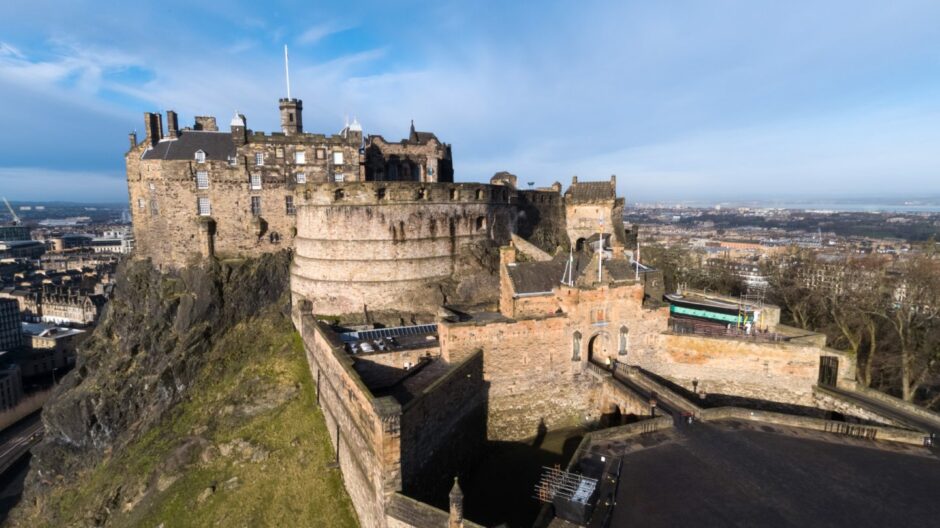



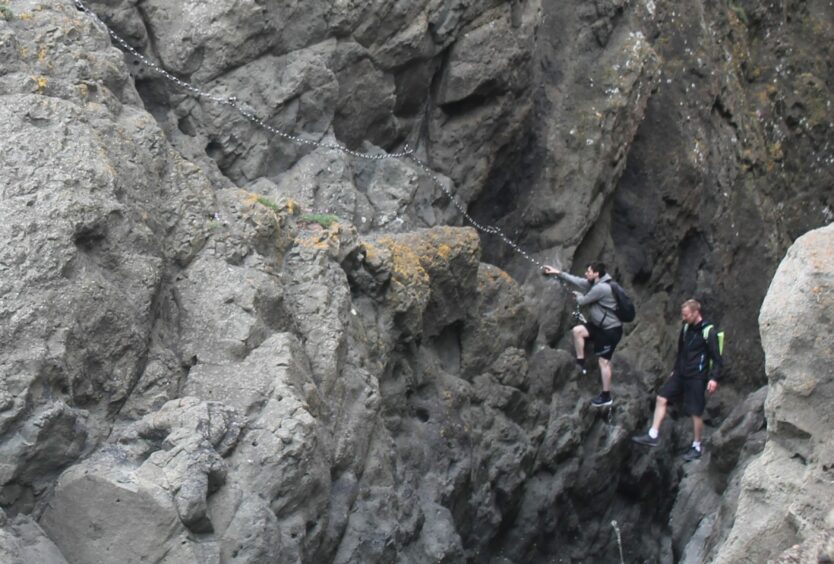

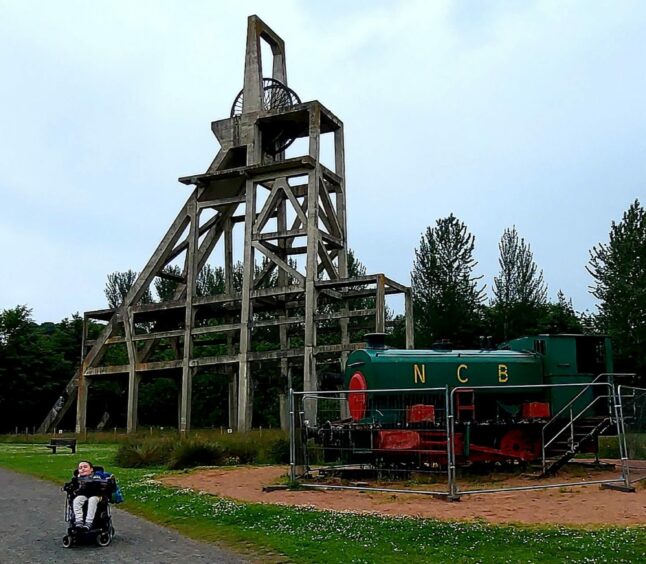
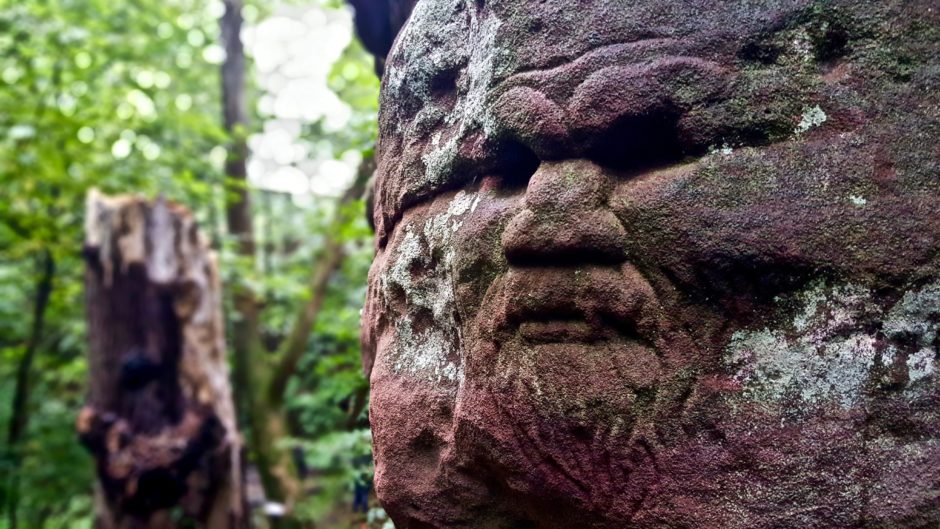
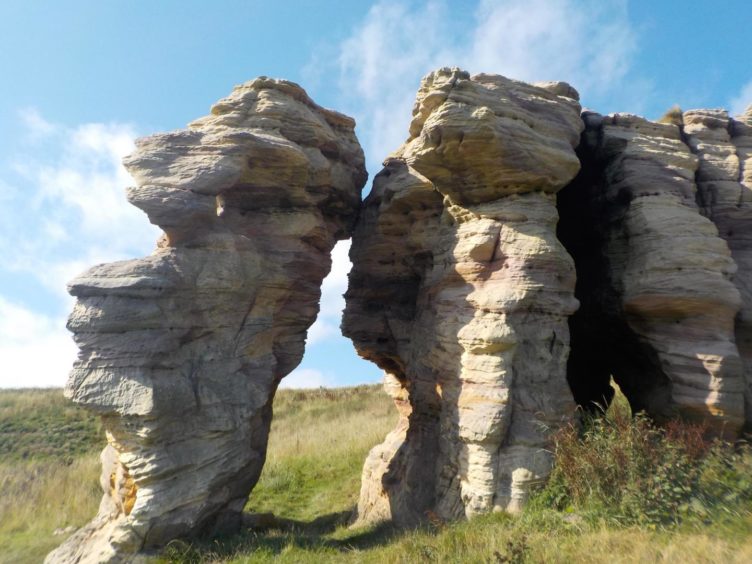

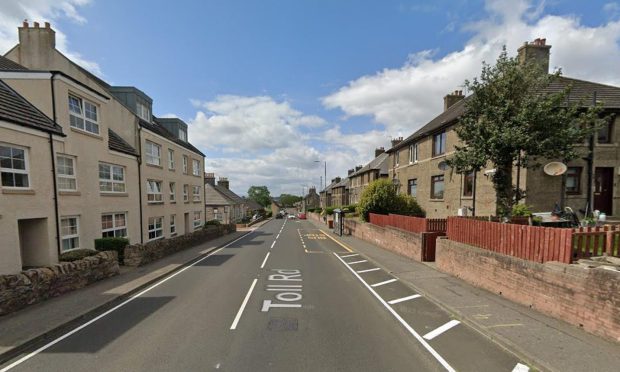
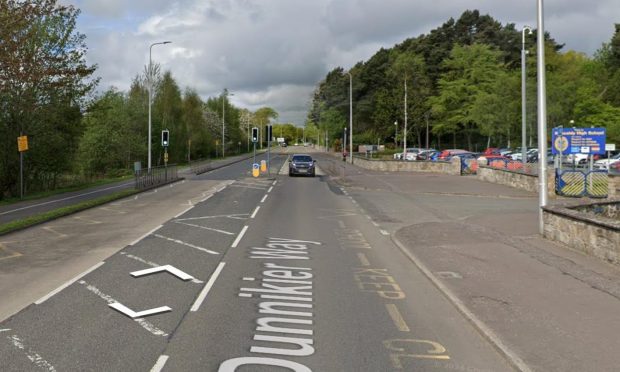

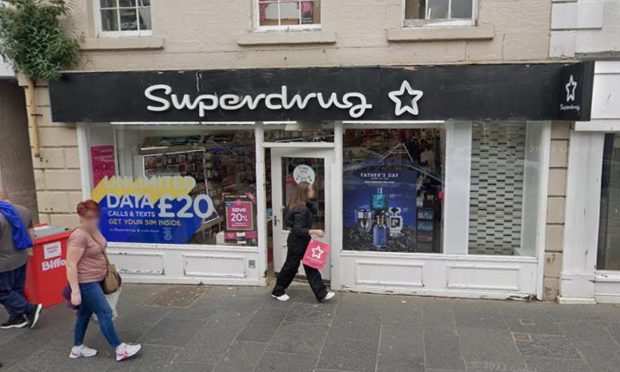




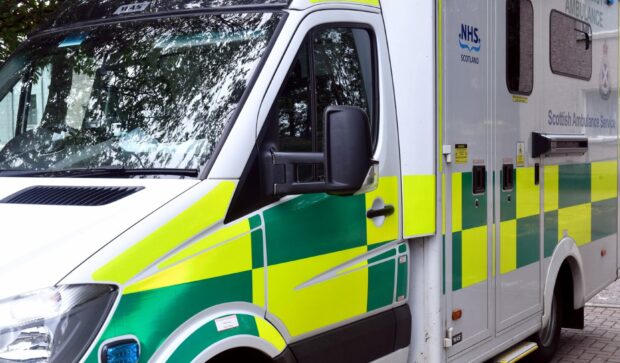
Conversation